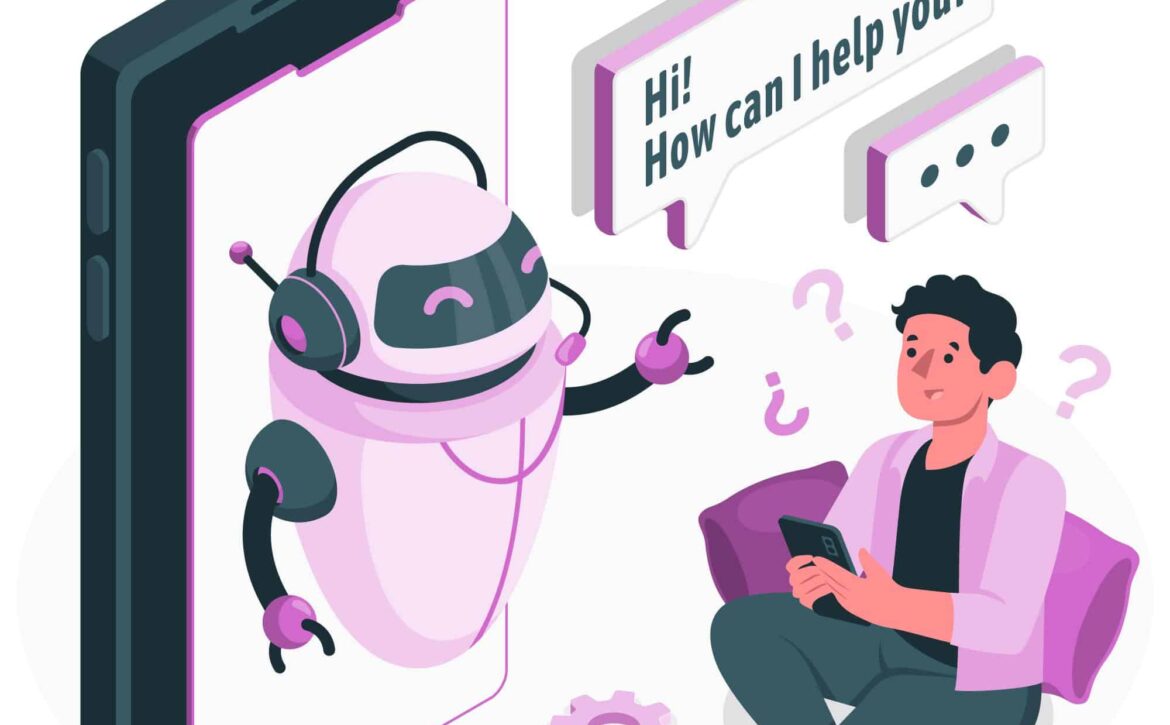A Step-by-Step Guide to Developing Chatbots
Chatbots are everywhere. Any website you visit, they are hanging around in one way or the other. Chatbots have revolutionised the way businesses interact with their customers. They can handle a wide range of tasks, from answering simple FAQs to providing complex product information. Businesses can free up their human agents to focus on more strategic work by automating these tasks. Additionally, chatbots can help improve customer satisfaction by providing quick and accurate responses to their queries.
But what are they? How do they work?
Interested to know more? This step-by-step guide will help you get started.
Step 1: Define your goals
The first step in developing a chatbot is to define your goals. What do you want your chatbot to achieve? Are you looking to improve customer service, generate leads, or provide product information? Once you know your goals, you can start to think about the features and functionality that your chatbot will need.
Step 2: Choose a chatbot platform
There are a number of different chatbot platforms available, each with its own strengths and weaknesses. Some popular options include:
- Dialogflow
- Botpress
- Microsoft Bot Framework
- Chatfuel
When choosing a platform, it is important to consider your technical expertise and budget. Some platforms are more user-friendly than others, while others require more technical knowledge.
Step 3: Design your chatbot’s personality
Your chatbot’s personality will play a big role in how users perceive it. Do you want your chatbot to be friendly and helpful, or more formal and professional? Once you have decided on a personality, you can start to think about the language that your chatbot will use.
Step 4: Train your chatbot
Training your chatbot is an important step in the development process. This involves teaching your chatbot how to respond to different user inputs. You can do this by providing your chatbot with a large amount of training data.
Step 5: Test your chatbot
Once your chatbot is trained, it is important to test it thoroughly. This will help you identify any errors or bugs that need to be fixed. You can test your chatbot by interacting with it yourself or by using a testing tool.
Step 6: Deploy your chatbot
Once you are happy with your chatbot, you can deploy it on your website or social media channels. You can also integrate your chatbot with other platforms, such as messaging apps.
Additional tips
- Keep your chatbot’s responses concise and to the point. Users don’t want to read long, rambling answers.
- Make sure your chatbot can handle a variety of user inputs. This will help you avoid frustrating users.
- Continuously monitor your chatbot’s performance and make improvements as needed.
Developing a chatbot can be a complex process, but it is definitely worth the effort. By following these steps, you can create a chatbot that is both effective and engaging. If you’re looking to simplify this process with expert support, partnering with an experienced AI chatbot development team can help you bring a powerful, intelligent assistant to life tailored to your business goals and user needs.
Seems a bit too complicated? Don’t worry. You don’t have to do any of this.
GoodWorkLabs offers a comprehensive suite of services to help you develop cutting-edge chatbots. Our team of experienced AI and machine learning experts can assist you in every stage of the chatbot development process, from ideation to deployment.
Our services include:
- Chatbot Design and Development: We create engaging and efficient chatbots tailored to your specific needs.
- Natural Language Processing (NLP): We implement advanced NLP techniques to enable your chatbot to understand and respond to natural language queries.
- Machine Learning Integration: We leverage machine learning algorithms to continuously improve your chatbot’s performance and accuracy.
- Integration with Existing Systems: We seamlessly integrate your chatbot with your existing systems, such as CRM, ERP, and marketing automation tools.
- Deployment and Maintenance: We deploy your chatbot on various platforms and provide ongoing maintenance and support.
By partnering with GoodWorkLabs, you can harness the power of AI to enhance customer experiences, boost sales, and streamline operations.



